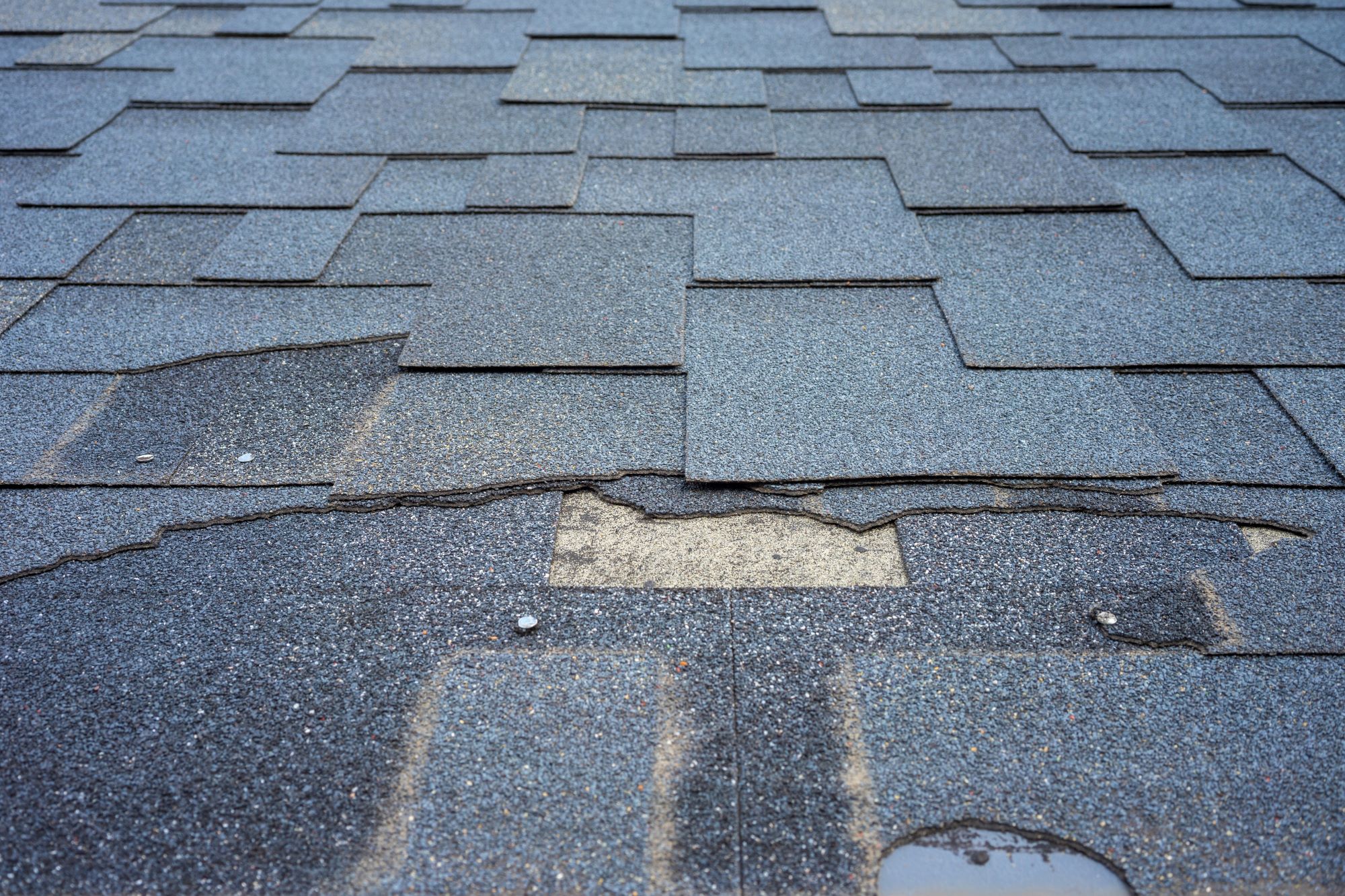Understanding the cost of a new roof or roof repair is a critical concern for homeowners and business owners alike. The investment in roofing work, whether it’s a complete replacement or a minor repair, can vary widely based on a myriad of factors. It’s important to approach the subject with a comprehensive understanding that transcends specific figures, especially since the costs can be significantly influenced by the choice between commercial roofing contractors, residential roofing contractors, and local roofers. This article aims to provide an in-depth analysis of what factors into the cost of roofing projects without focusing on specific monetary amounts, thereby offering a broad perspective on what to expect when planning such an endeavor.
Factors Influencing Roofing Costs
1. Type of Roofing Contractor
The choice of contractor plays a pivotal role in the overall cost of roofing projects. Commercial roofing contractors often deal with larger-scale projects involving extensive square footage and potentially more expensive materials designed for durability in commercial applications. Residential roofing contractors specialize in homes and typically engage in projects that, while varied in scope, might not cover the same breadth as commercial projects. Local roofers might offer more personalized services tailored to the community’s needs, potentially affecting the cost due to their proximity, availability, and scale of operations.
2. Material Costs
The selection of roofing materials is among the most significant cost factors. Options range from traditional asphalt shingles to more durable and premium materials like metal, tile, or slate. Each material comes with its own set of benefits, longevity, and aesthetic appeal, which in turn reflects on the project’s cost. The choice of material can also affect the labor involved, as some materials require specialized skills for installation.
3. Scope of the Project
The extent of the project, whether it’s a minor repair or a full roof replacement, substantially affects the cost. Minor repairs, such as fixing leaks or replacing damaged shingles, inherently require less labor and materials. In contrast, a complete roof replacement involves a comprehensive process that includes the removal of the old roof, disposal, and installation of the new roof, all of which contribute to the overall cost.
4. Roof Size and Complexity
The physical dimensions of the roof directly impact the cost due to the materials and labor required. Larger roofs need more materials and more man-hours to complete. Complexity, including the slope or pitch of the roof and the presence of elements like chimneys, skylights, or vents, requires additional labor and materials to navigate, further influencing the cost.
5. Geographical Location
Location affects cost in several ways, from the cost of living adjustments to the availability of materials and local building codes or requirements. Certain regions may have specific needs based on climate, such as materials that can withstand heavy snowfall, high winds, or intense sun exposure, which can also affect pricing.
6. Labor Costs
Labor costs can vary significantly based on the contractor’s expertise, experience, and demand. Specialized roofing systems may require contractors with specific skills, potentially commanding a premium for their services. The duration of the project also plays into labor costs, with longer projects requiring more man-hours.
7. Additional Features and Repairs
The need for structural repairs discovered during the roofing process, such as replacing rotting wood or upgrading the gutter system, can add to the overall cost. Enhancements like better insulation or ventilation systems may also be considered during a roofing project, contributing to the total investment.

Understanding Quotes and Estimates
When engaging with commercial roofing contractors, residential roofing contractors, or local roofing company, it’s vital to obtain detailed quotes or estimates that break down the costs associated with materials, labor, and any additional features or repairs. This transparency helps in understanding where the investment goes and in comparing options across different contractors.
Navigating Cost with Quality
Balancing cost considerations with the quality of materials and workmanship is crucial. Opting for the lowest quote might not always yield the best value if it compromises on material quality or the contractor’s expertise. Investing in quality can result in a more durable and long-lasting roof, potentially offering better long-term savings by minimizing the need for frequent repairs or premature replacement.
Conclusion
The cost of a new roof or roof repair encompasses a wide array of factors, from the type of contractor you choose to work with to the materials, scope of the project, and specific features of your roof. While it’s tempting to look for a simple answer to the question of cost, the reality is that each roofing project is unique, and its cost is influenced by numerous variables. Engaging with professional roofing contractors, whether they are commercial, residential, or local roofers, and obtaining detailed estimates can provide a clearer picture of what your specific project might entail. Ultimately, understanding the factors that contribute to the cost can empower homeowners and business owners to make informed decisions that balance financial considerations with the quality and durability of their roofing investment.
- Roof Repair Battle Ground WA
- Roof Repair Camas WA
- Roof Repair Ridgefield WA
- Roof Repair Vancouver WA
- Roof Repair Washougal WA
- Roofing Company Camas WA
- Roofing Company Vancouver WA
- Roofing Contractor Battle Ground WA
- Roofing Contractor Camas WA
- Roofing Contractor Ridgefield WA
- Roofing Contractor Washougal WA
- Siding Contractor Vancouver WA
- Siding Replacement Vancouver WA
- Window Replacement Camas WA
- Window Replacement Vancouver WA

